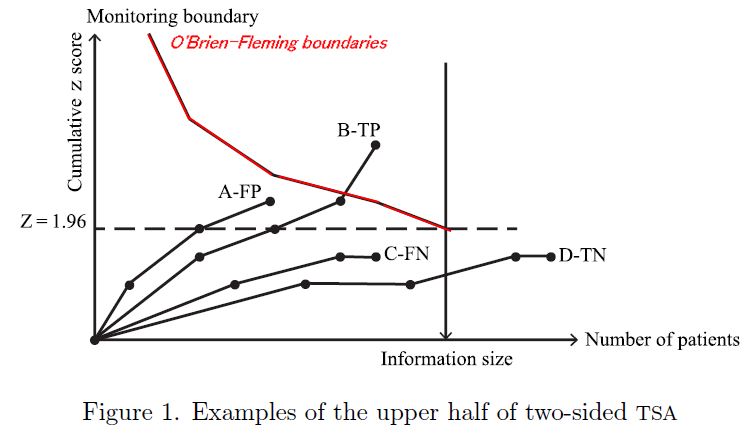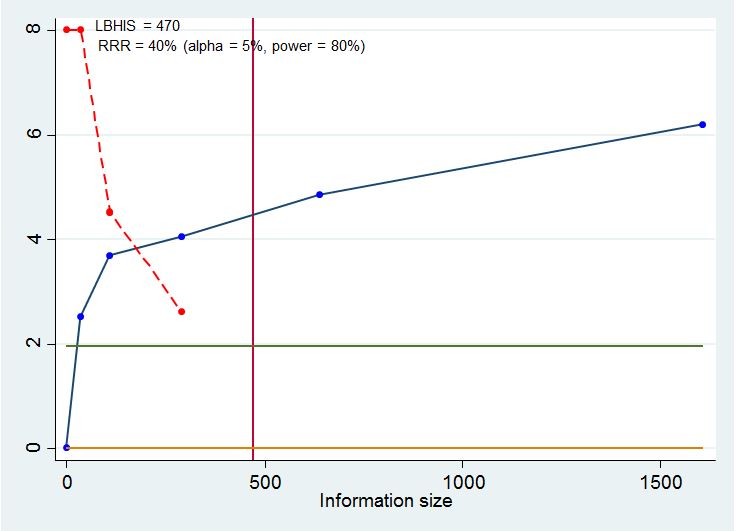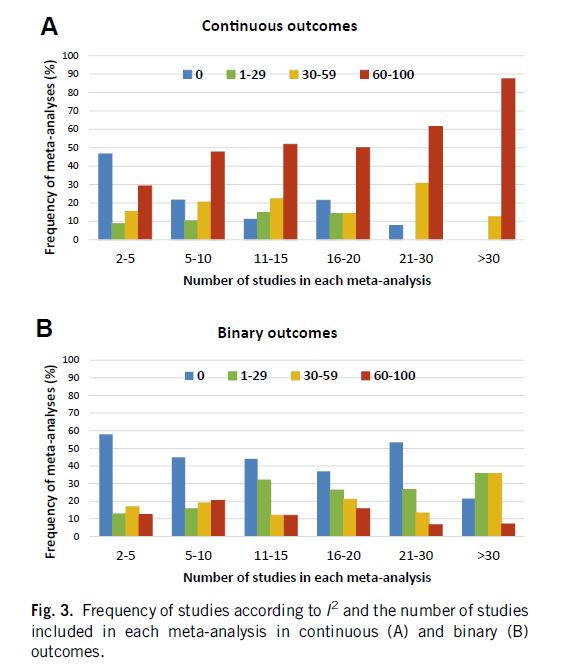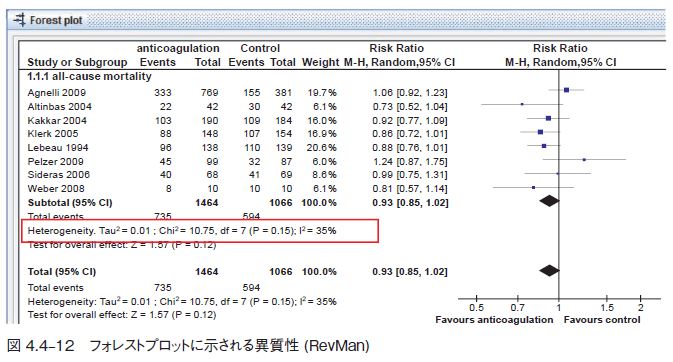STATAコマンドの紹介
出版バイアスの検出にファンネルプロットを利用して、非対称性をみる方法がありますが、非対称だからといって必ずしも”出版バイアス”によるということでありません。GRADEアプローチを使った出版バイアスの評価において注意すべき重要なポイントです。
メタアナリシスのファンネルプロットの非対称性が、出版バイアスによるものかそうでないのかの鑑別に、輪郭強調(Contour-enhanced)ファンネルプロットがあります。詳細は、GRADE書籍第2版のp85-87参照。
書籍では紹介できなかった出版バイアス例(受動喫煙と肺がんリスク)の輪郭強調ファンネルプロットとそのSTATAコマンドが以下です。
|
.use passivesmoking, clear .local n=_N .metan logOR selogOR,nograph .local ES=r(ES) .sum selogOR,meanonly .local semax=r(max) .metatrim logOR selogOR,save(metatrimdata, replace) .use metatrimdata,clear |
解釈:ファンネルプロットは非対称性を示し、Trim-and-fillによると、7件の研究(赤の▲)が欠けていると考えられる。そして、それらの全てがp>0.10の領域に存在していることから非対称性の原因として出版バイアスがありそうである。
Sven Kepes(Department of Management, School of Business Virginia Commonwealth University,Richmond, VA, USA)私信:
Based on the magnitude of the difference between the meta-analytic mean and the trim and fill mean, you can also categorize the bias as “negligible,” “moderate,” or “severe.”
ファンネルプロットで非対称性がある場合、Contour-enhanced funnel plotnを使ったさまざまな解析が役立ちます。両側検定vs片側検定の差も検出可能です。





















